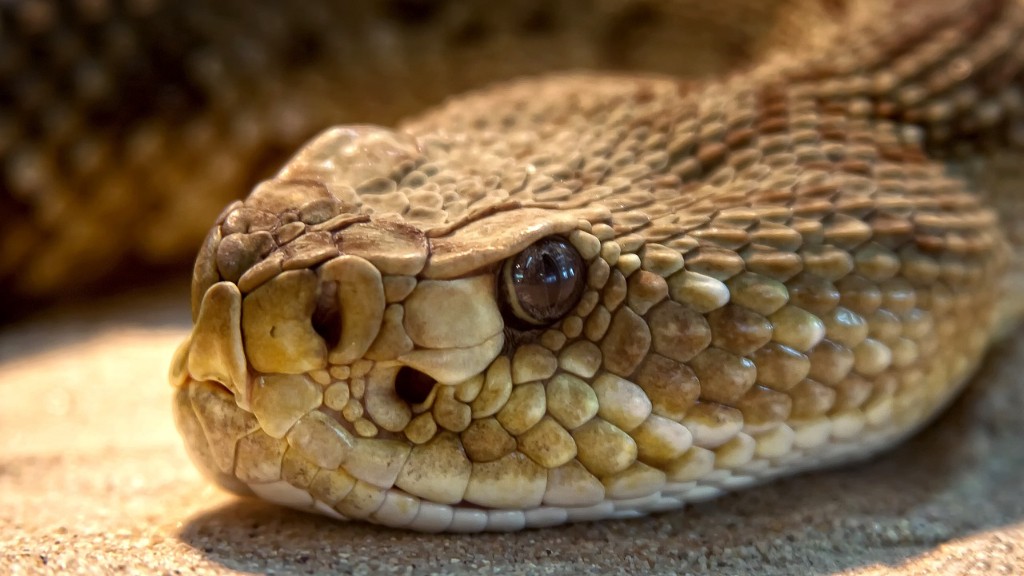How Big Does a Rattlesnake Have to Be to Rattle?
Introduction
The rattlesnake, a venomous snake species found mainly in North and South America, is known for its distinct rattle sound, which serves as a warning to potential predators. But have you ever wondered how big a rattlesnake needs to be in order to generate this distinctive rattle? In this article, we will explore the factors that determine the size of a rattlesnake’s rattle and the biological mechanisms behind its production.
The Anatomy of a Rattlesnake Rattle
The rattlesnake’s rattle is composed of a series of loosely interlocking segments made of keratin, a protein found in hair and nails. Each time the rattlesnake sheds its skin, a new segment is added to the rattle, resulting in an increase in size. This growth process can occur several times a year, depending on the snake’s age and environmental conditions.
How Size Relates to Rattle Sound
The size of a rattlesnake’s rattle directly affects the intensity and frequency of the sound it produces. The larger the rattle, the louder and lower-pitched the sound. This is because the length and thickness of each segment contribute to the vibration patterns when the snake shakes its tail. A larger rattle means greater surface area for the segments to vibrate against each other, resulting in a louder noise.
The Minimum Size for Rattle Production
While the exact size required for a rattlesnake to produce a noticeable rattle can vary among individuals, studies have suggested that snakes need at least three segments in their rattle to generate a distinct sound. This typically corresponds to a length of approximately 2.5 centimeters (1 inch).
Anecdotal Evidence
Experienced herpetologists have observed that rattlesnakes with smaller rattles tend to produce fainter and higher-pitched sounds, which may not be as effective in deterring potential threats. On the other hand, larger rattles have been associated with louder and more intimidating sounds, providing the snake with a greater advantage in warding off predators or alerting nearby animals of its presence.
Factors Influencing Rattle Size
While the minimum size for rattle production has been established, there are several factors that can influence the overall size of a rattlesnake’s rattle. These factors may include:
- Species: Different rattlesnake species have varying sizes and growth rates, which can affect the ultimate size of their rattles.
- Age: Young rattlesnakes tend to have smaller rattles as they have not shed their skin as frequently, whereas older snakes may have larger and more developed rattles.
- Nutrition: Rattlesnakes with access to abundant food resources may have faster growth rates, resulting in larger rattles.
- Environmental Conditions: Factors such as temperature, humidity, and availability of suitable habitats can influence a rattlesnake’s growth and shed frequency, consequently affecting rattle size.
Conclusion
In conclusion, the size of a rattlesnake’s rattle directly affects the intensity and frequency of the warning sound it generates. While the minimum size for rattle production is approximately three segments, larger rattles are generally associated with louder and more intimidating sounds. Various factors, including species, age, nutrition, and environmental conditions, can influence the overall size of a rattlesnake’s rattle. Understanding these factors can provide insights into the fascinating world of these dangerous yet intriguing creatures.


